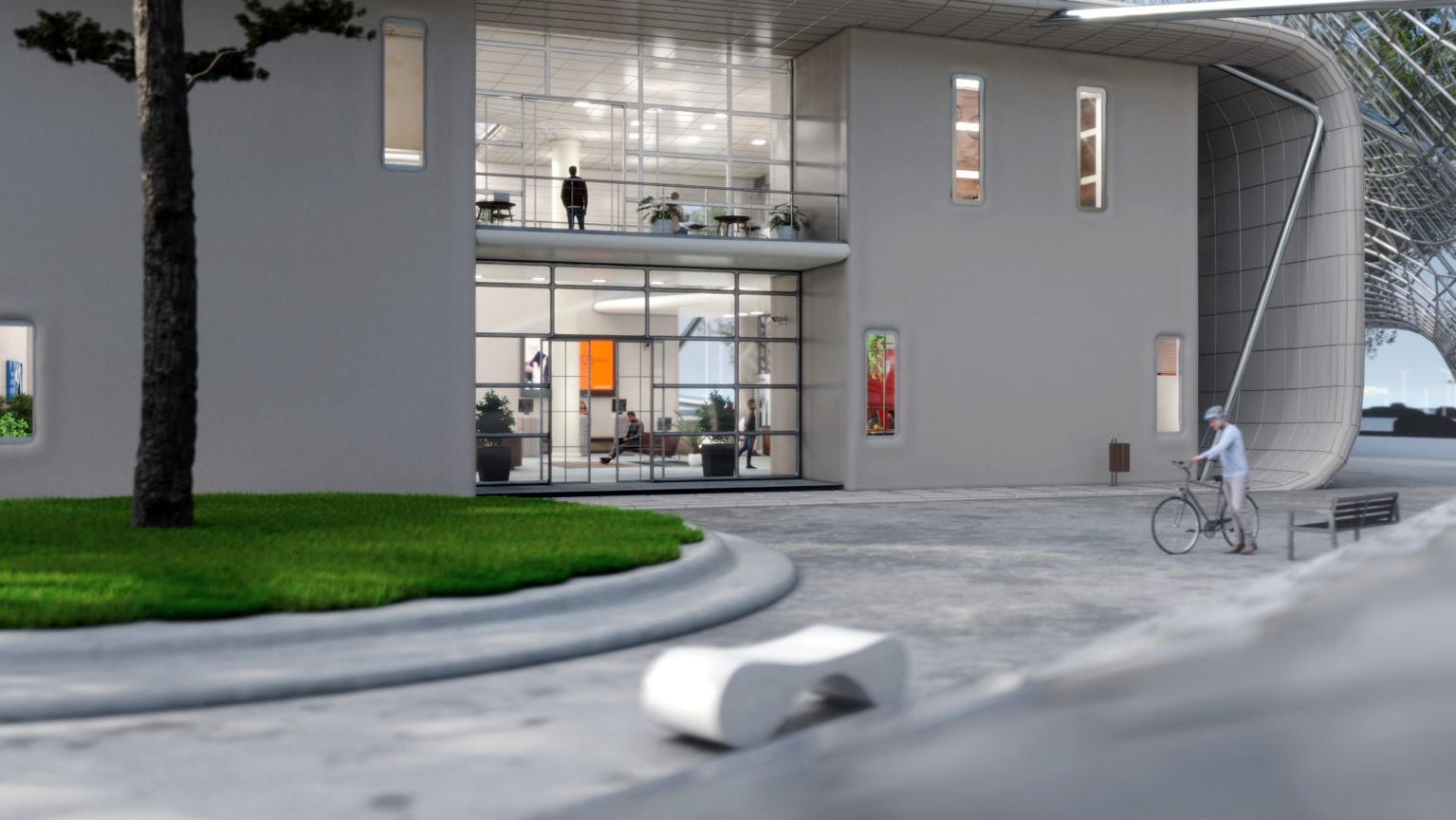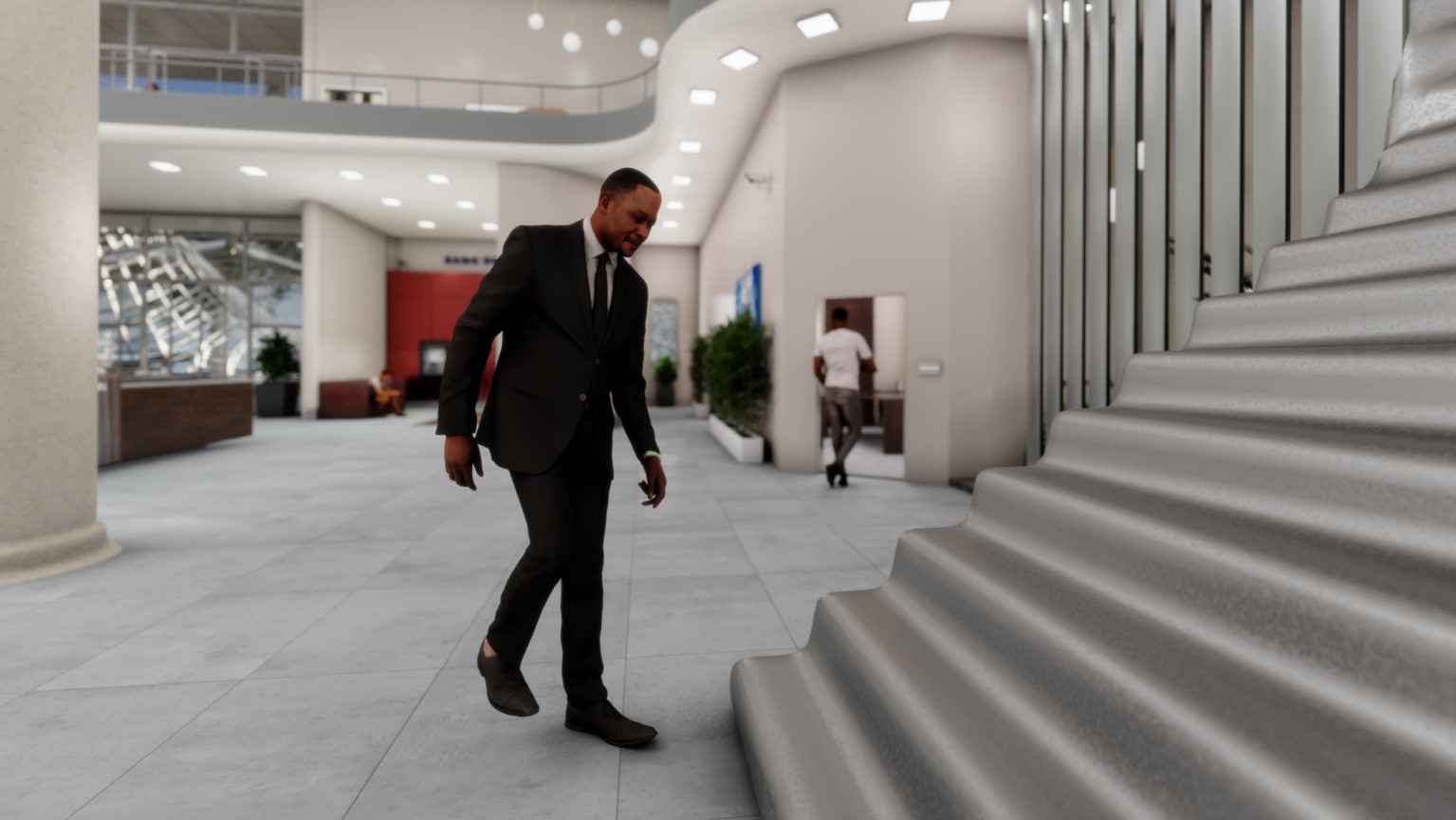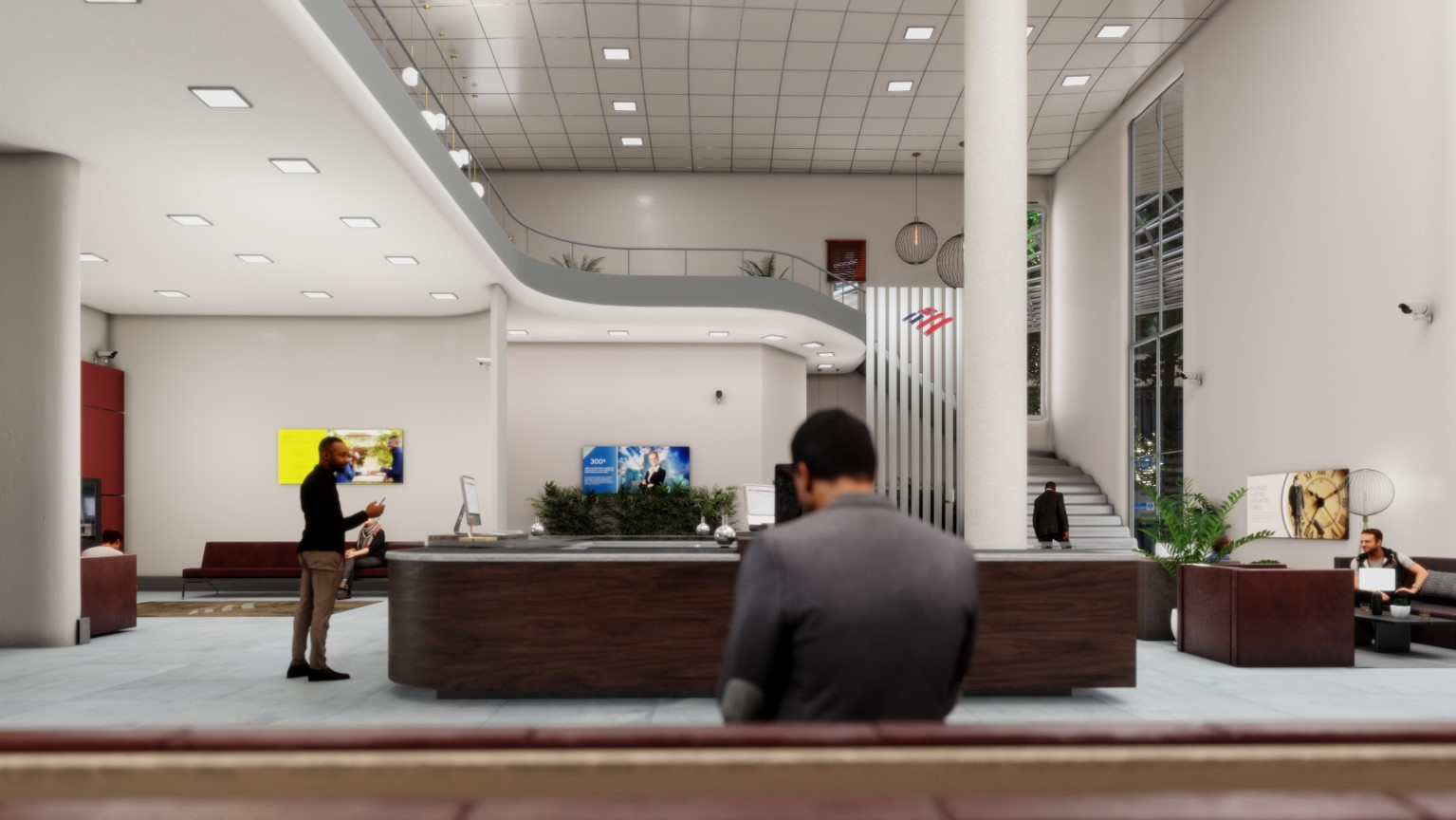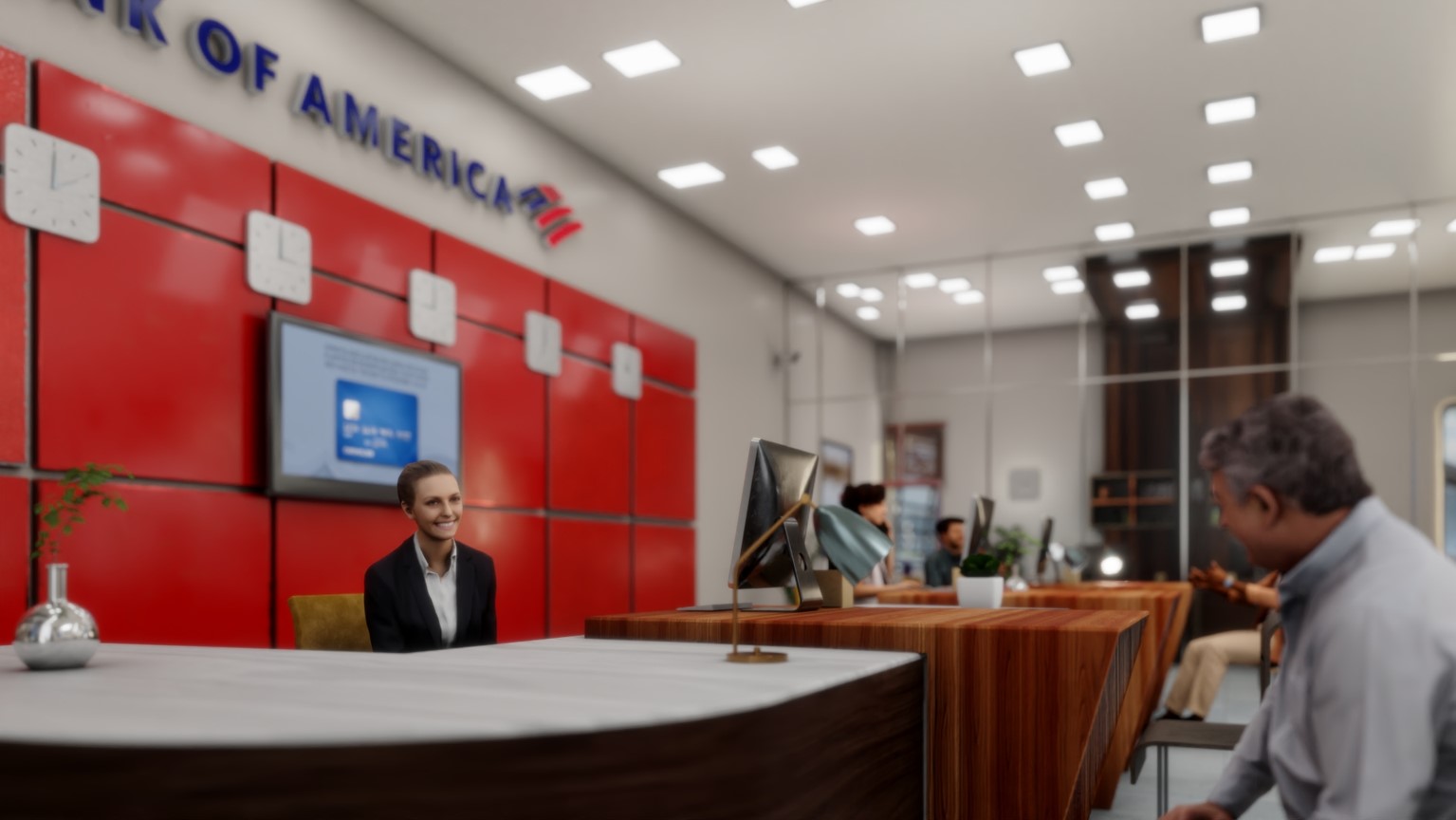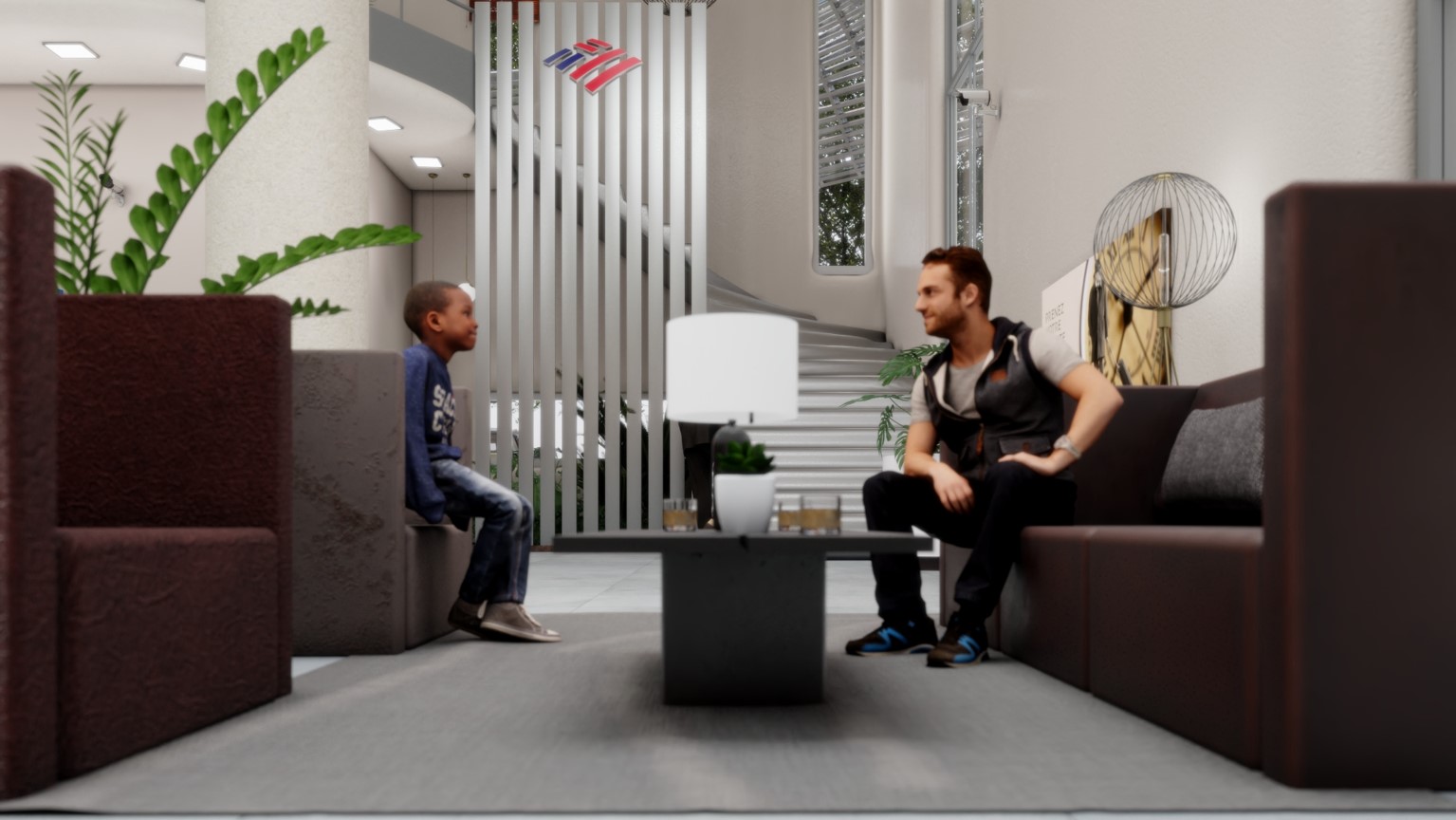VR Language Training
- Experience, Immersive
- 2017 - 2019
Harness the power of VR for essential language training
Mahan led the LLVR Systems' team to develop and implement an innovative language training system for a large government service provider that went beyond traditional classroom learning.
The task was to develop a training platform that addresses the challenges presented by traditional training models. The creation of an immersive virtual reality environment to help instructors and students better grasp the key concepts of 5 high-level foreign languages resulted in higher passing rates of Oral Proficiency Interview (OPI) exams.

The traditional language learning process was impeded by the impersonal nature of current training programs. Students were not able to see and visualize the people they were speaking with and the foreign surroundings of the situations they were simulating, making it very difficult to have a natural conversation.


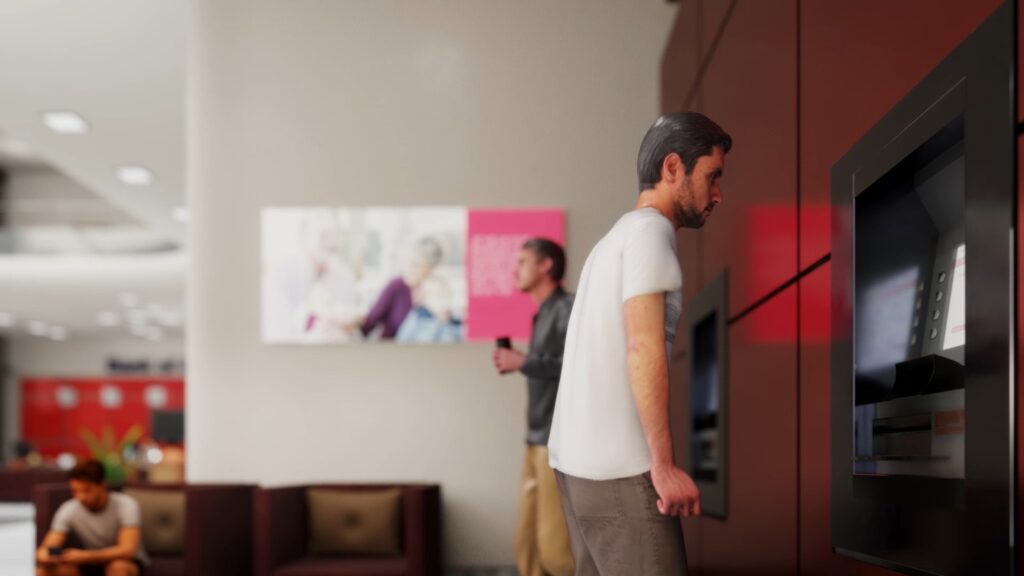
The team developed an innovative, immersive virtual reality application to function as a critical tool for instructors to strengthen the quality of language training for their students. Using realistic virtual environments and reprogrammable scenarios, students and instructors would enter the software from around the world to practice, collaborate, and interact in this dynamic and intelligent environment.
This game-like experience made the learning experience more interactive and fun, and the 3D immersion also allowed students to use body gestures as part of their conversational learning, which is an essential part of communication. After each immersive session that consisted of activities and assignments, the software would provide the data about each student's performance to the instructor for analysis.

Realistic Environments
The learning platform was centered around virtual environments that consisted of various real-world settings that the students would possibly find themselves in, including banks, coffee shops, outdoor areas, and more. The team tirelessly completed a detailed series of processes to make all the computer-generated imagery (CGI) elements as realistic as possible.




Multiple Intuitive User Interfaces
The system contained two distinct interfaces for the various users, creating the ultimate learning setting for both students and instructors.
The results from each training lesson were compiled in a clean, easy-to-navigate dashboard for the instructors to review with their students. The data included in the dashboard helped guide the learning process by identifying areas of strength and weakness, painting a clear picture of the areas the students needed to work on. The instructor could analyze and devise specific learning and study solutions for each individual student, which resulted in higher rates of passing the OPI exam.
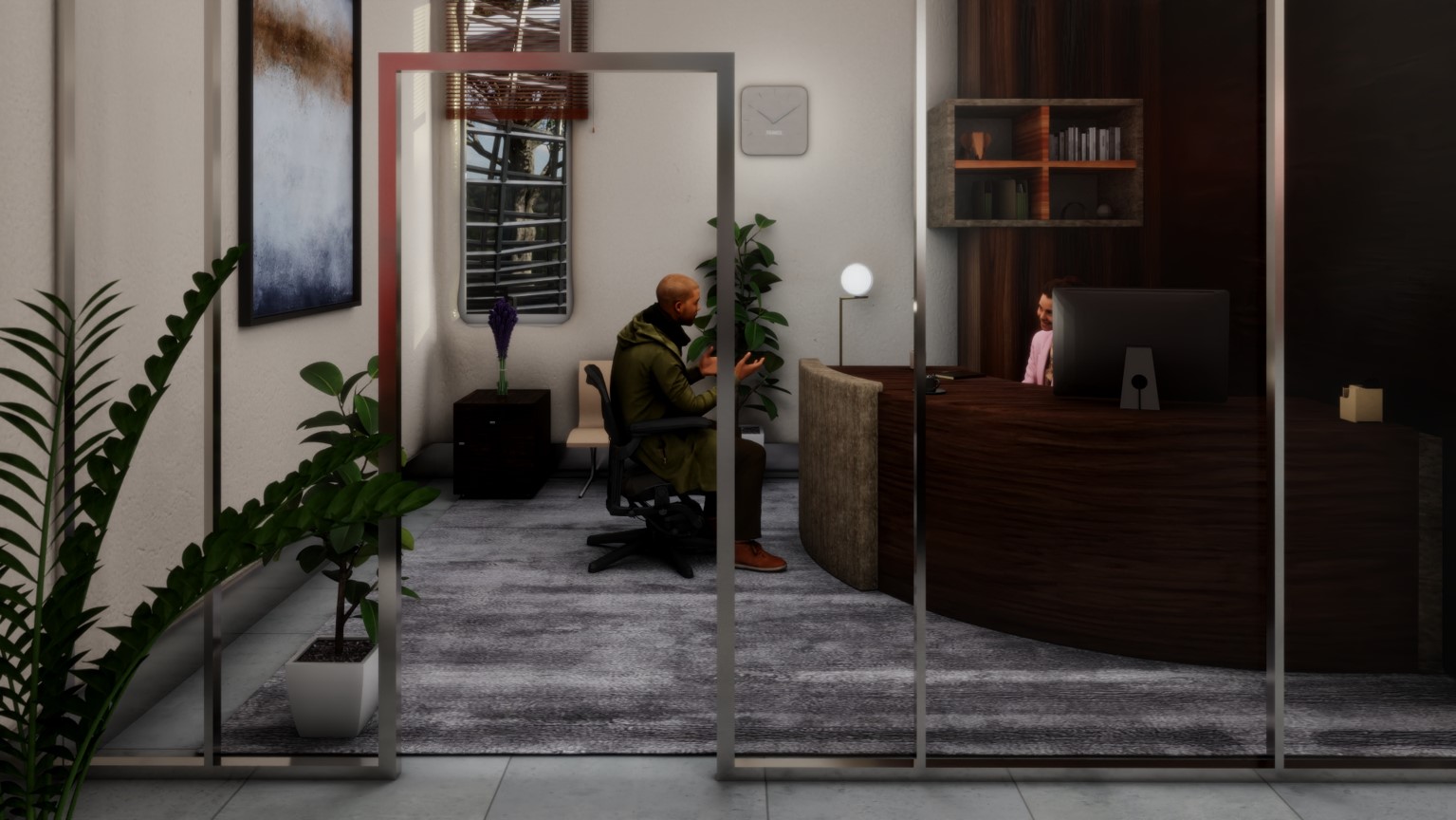

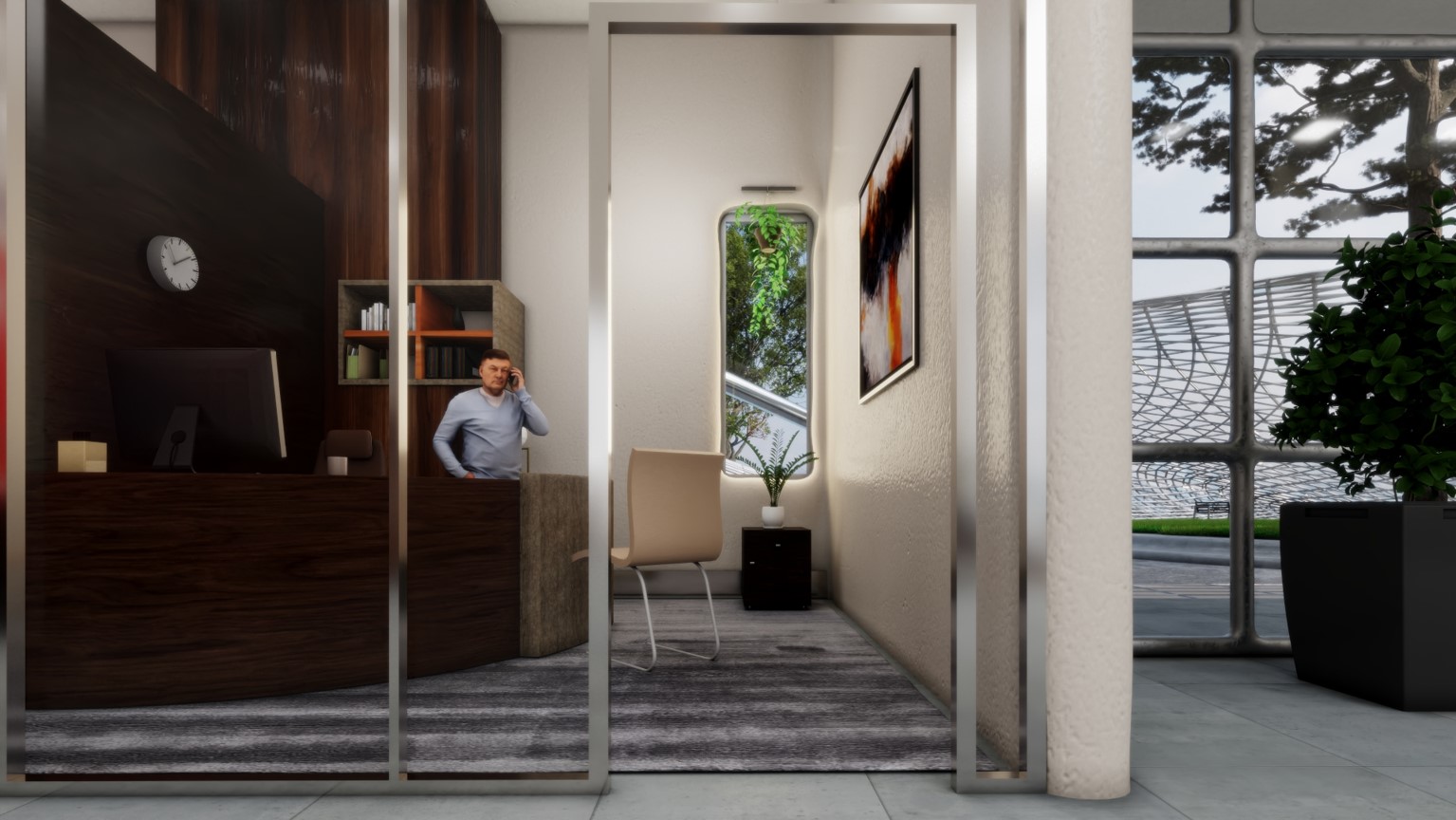
Credits
Client
Federal Government of the United States
Company
LLVR Systems
Agency
Meshki
Year
2017 - 2019
Role
Director of Product Design

